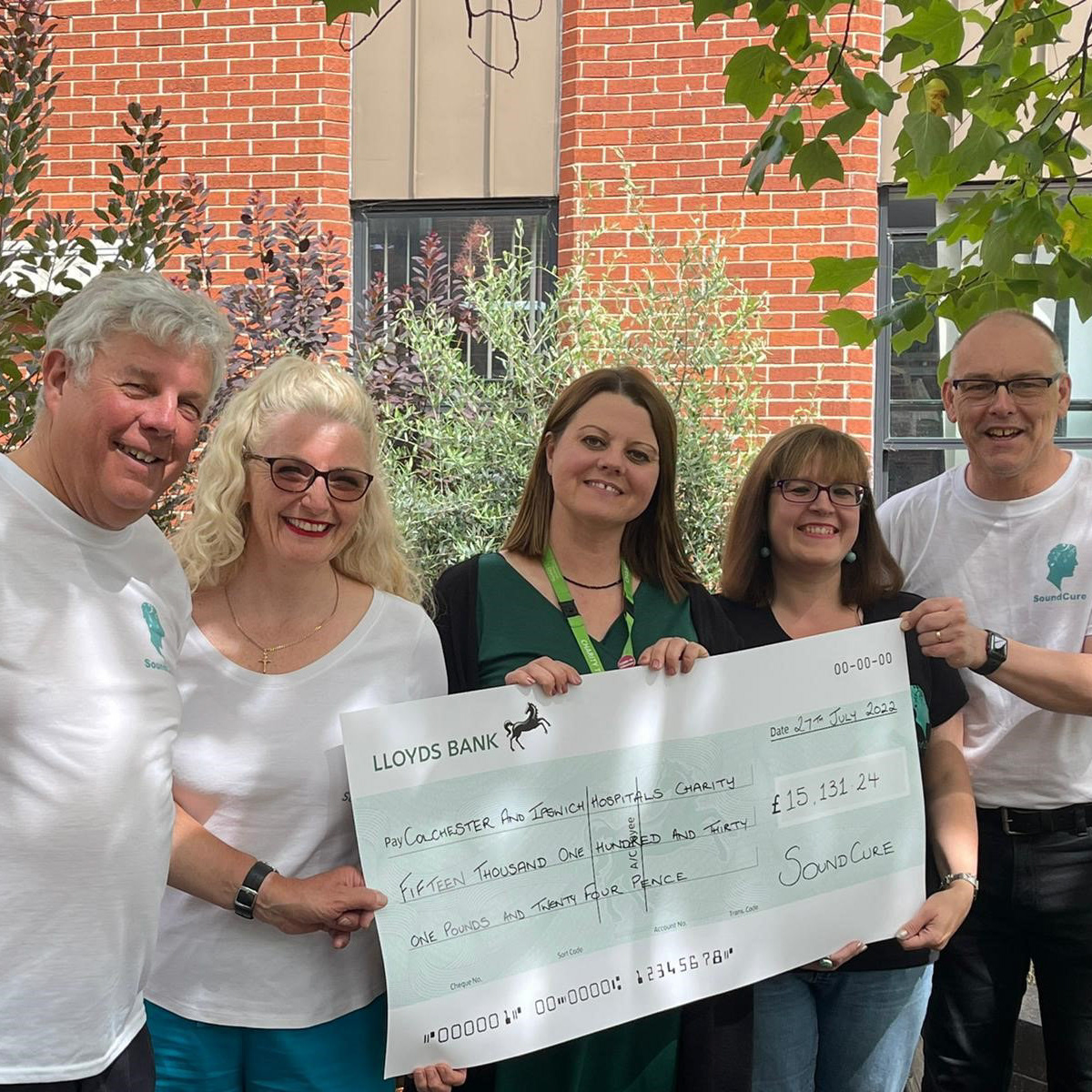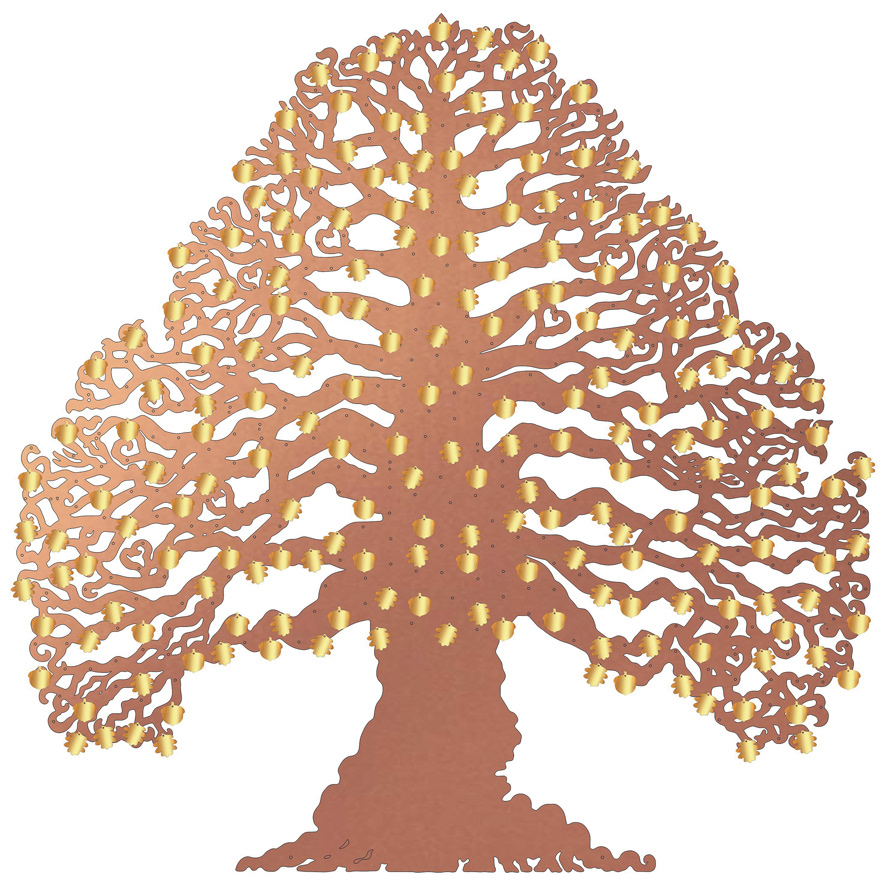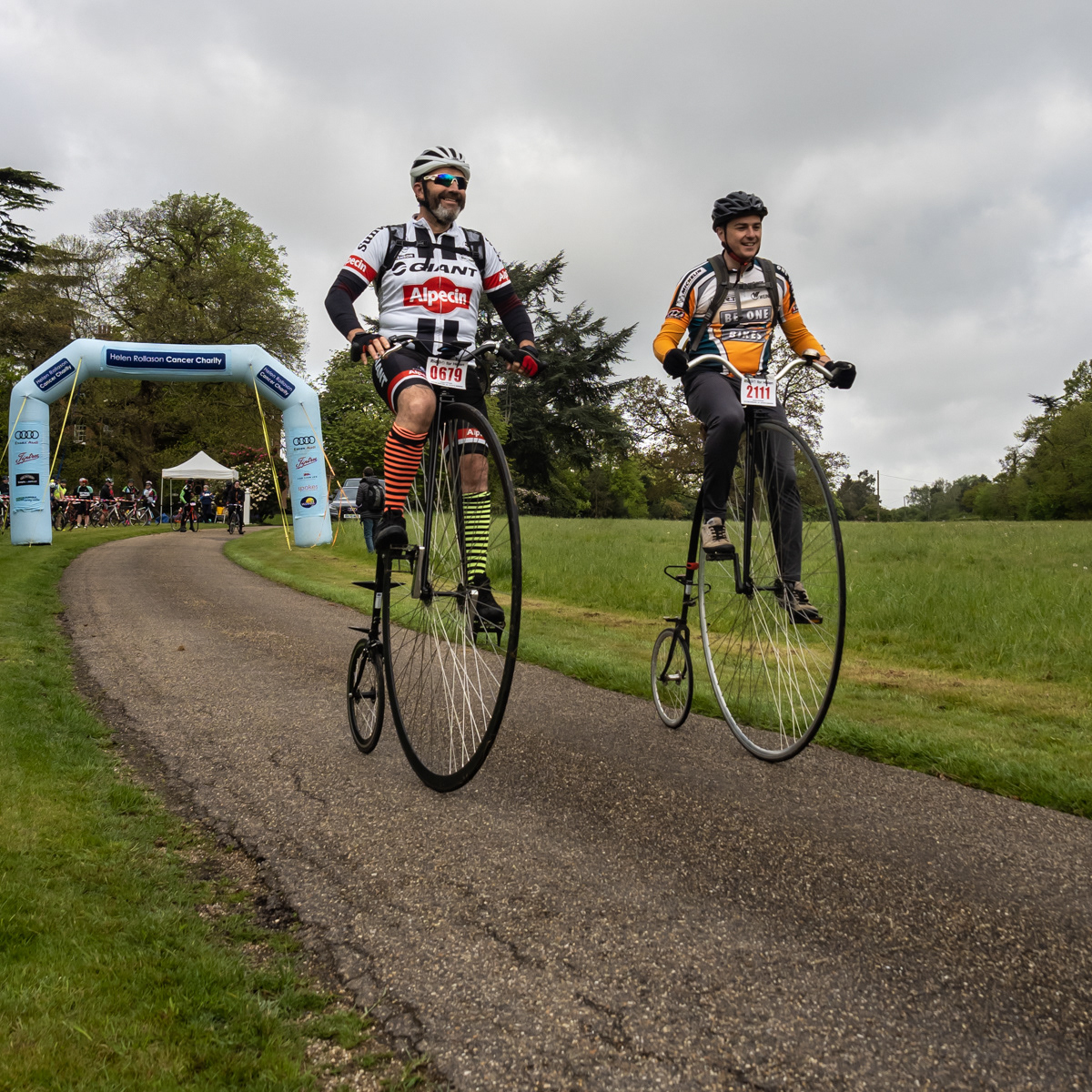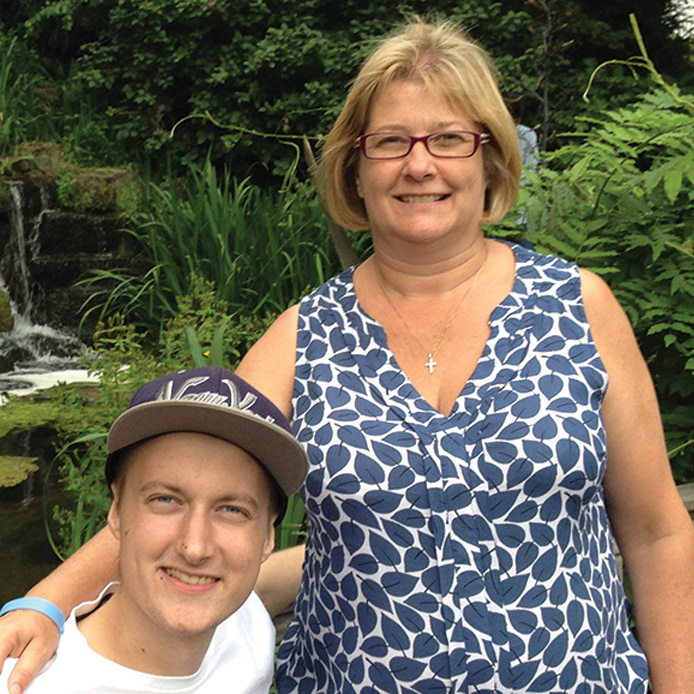Each year, The Tom Bowdidge Youth Cancer Foundation funds vital research into sarcomas, which make up 11% of all cancer diagnoses in young people. Ewa Aladowicz, Higher Scientific Officer at The Institute of Cancer Research, gives Elite Magazine an exclusive look into how the research could potentially save lives.
Can you explain your work in a couple of lines?
My research is focused on finding more efficient and less toxic treatments for children and adolescents with sarcomas.
How does your work contribute to the ICR’s mission to make the discoveries that defeat cancer?
Paediatric sarcomas are relatively rare and because of that the research is more challenging than research in adult cancers that are more common. We make a huge effort in our team to understand the biology of these tumours and to develop better treatments. My work covers different aspects of cancer research: developing models for drug testing, exploring new therapeutic approaches and understanding how new therapies work at molecular level in rhabdomyosarcomas and desmoplastic small round cell tumour.
What big projects are you working on?
Development of new sarcoma models is one of my major projects. The models allow us to understand the disease and test new drugs outside patient body. The most used models in cancer research have been cell cultures where cancer cells are grown for many years attached to plastic dishes. Although a lot of discoveries have been made thanks to them, we now know that they poorly represent the tumours that grow inside of human body. Thus, we put a lot of effort to improve the models both in vivo and in vitro. My other project involves testing a new drug combination in alveolar rhabdomyosarcomas that could be more effective than traditional chemotherapy. I am now trying to understand how the therapy works at the molecular level which will identify molecular markers to know which patients would benefit from the most (tailored therapy) as well as defining molecular markers to know how individual patients are responding to treatment.
Talk us through your typical day
Currently due to pandemic we work in shifts to respect social distancing. I work in the lab every morning doing experiments. In the afternoon I work from home covering all aspect of “office work”: I feel lucky because my days are never the same and I am really motivated to tackle the technical challenges and understand the biology that I believe will ultimately benefit patients.
What’s your favourite part of your job?
I love analysing data, trying to understand results and, based on that, designing new experiments to push my projects forward. For me this job is like solving jigsaw puzzle, sometimes very frustrating but sometimes immensely rewarding. What are the next steps in your research? My research has the ultimate aim of identifying the best possible treatments for rhabdomyosarcoma and DSRCT patients. Everything I do is working towards making this a reality.
To find out more about The Tom Bowdidge Youth Cancer Foundation










